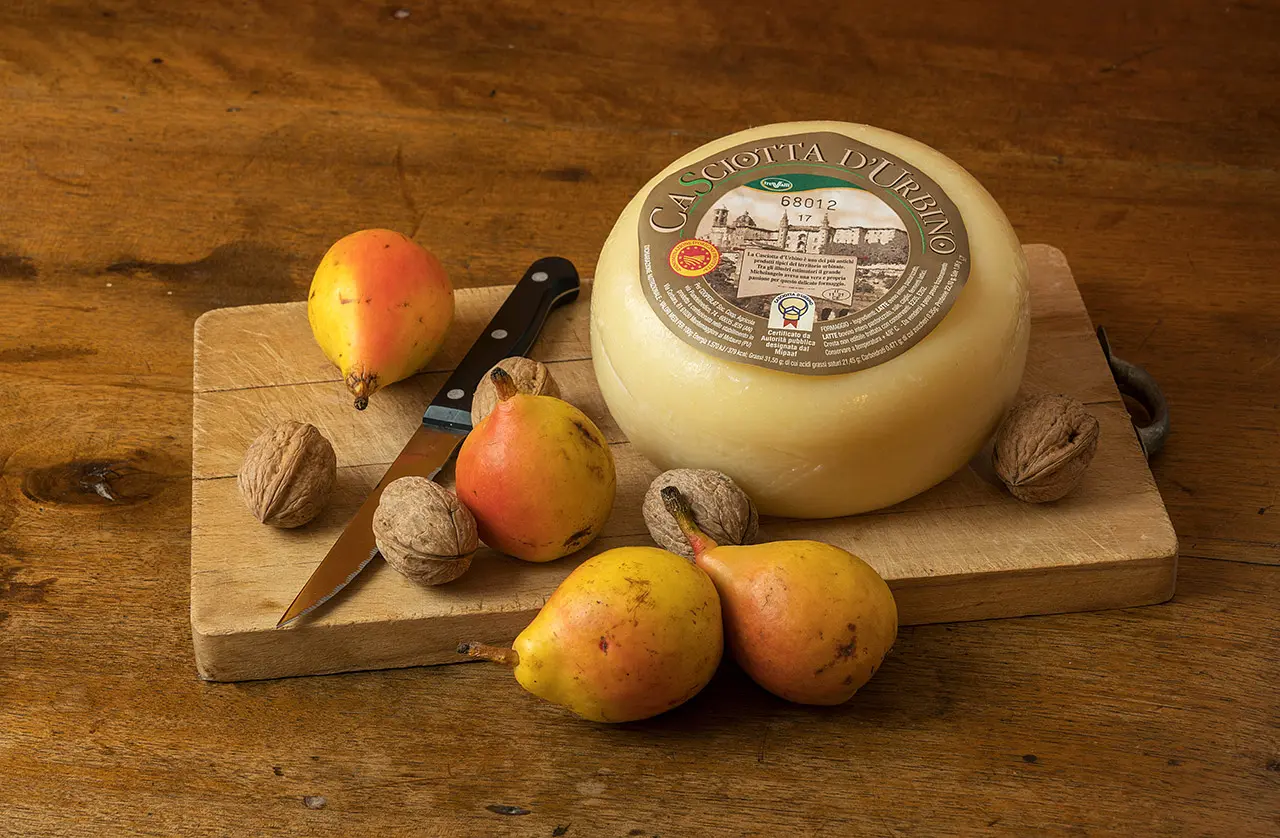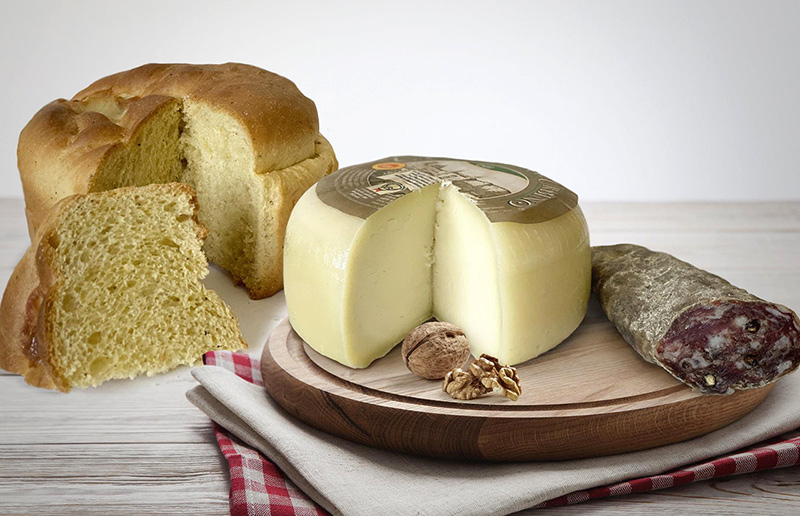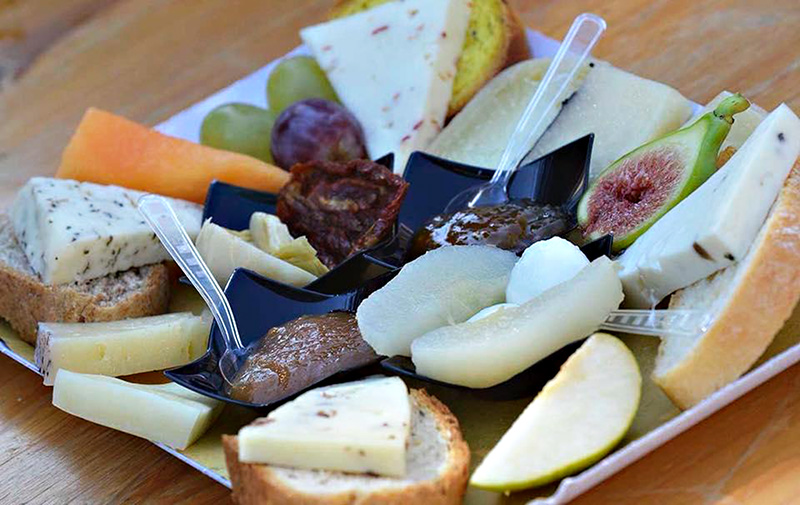SHARRYLAND


Urbino: the divine Casciotta
So good that not even Michelangelo could resist it

Where is

Casciotta d'Urbino DOP, that cheese that is already authentic, original, unique from its name, with that " c " kissed by the "s " that anticipates its persuasive flavor, its indescribable delicacy, the taste and aroma of mixed cow's and sheep's milk.
Not just a matter of sound
And woe betide you if you call it caciotta, especially here in Urbino: someone hearing you might even resent it. Although the name is similar, in fact, the substance is profoundly different. Caciotta is a very broad type of cheese, widespread in different regions of Italy and with characteristics that vary from area to area. In general, it can be said to be a cheese made from sheep's, cow's or goat's milk, with a round shape and rounded sides. After that, the details of processing and aging change according to the type of caciotta.
 With a snack like this comes the desire to celebrate Easter once a month!
With a snack like this comes the desire to celebrate Easter once a month!Ancient Casteldurante cheese, on the other hand, is immediately recognizable, so much so that it has earned PDO recognition. It is made from sheep 's milk to which cow 's milk is added and is pressed by hand. Processing techniques combined with the specificities of the Pesaro Urbino area make it a sweet, soft and crumbly cheese with a straw-yellow color. And so in Urbino you have always found "Casciotte," small wheels of cheese to be eaten fresh, after a ripening period of just 10-15 days. A food source of inspiration, of energy, of creativity. And it is not just a figure of speech.
 With casciotta and honey, you can never go wrong
With casciotta and honey, you can never go wrongA food for artists
It seems that Casciotta has also managed to win its little place in art, and what art! None other than that of Michelangelo Buonarroti, who was fond of it. Although, to be fair, it was not reproduced in the artist's works, rather we like to imagine that its flavor inspired him, accompanying and supporting him in his work. How do we know that Michelangelo ate Casciotta di Urbino? It is quickly said: during his lifetime, Buonarroti forged deep emotional ties with Francesco Amatori (known as the Urbino) and his wife Cornelia Colonnelli. When Amatori died, Cornelia with her children (Michelangelo's godchildren), returned to Casteldurante. At this point a constant correspondence began between her and Michelangelo, and almost always the missives were accompanied by the sending allartist, casciotte di guaimo. It is even said that she consumed them in the act of painting the frescoes of the Sistine Chapel, between brushstrokes. About the snacks at the Sistine Chapel we do not vouch, but the sending of casciotte is a sure thing thanks to Cornelia's letters that have come down to us. In one she writes to Michelangelo: "...Because today is the dì de anno nuovo, where it is customary for us to recognioscere li patroni, for this I send Your Lordship a fardelletto de cascio de guiamo de peso de livere otto"; then she continues further on : "et il cascio lo goderete per amore nostro."
Enter the Map of Italy's Undiscovered Wonders and find treasures where you least expect it... Inspire, Recommend, Share...
Contact
Collections
The Map thanks:
Enter the Map of Italy's Undiscovered Wonders and find treasures where you least expect it... Inspire, Recommend, Share...
Where is

Contact
Collections

